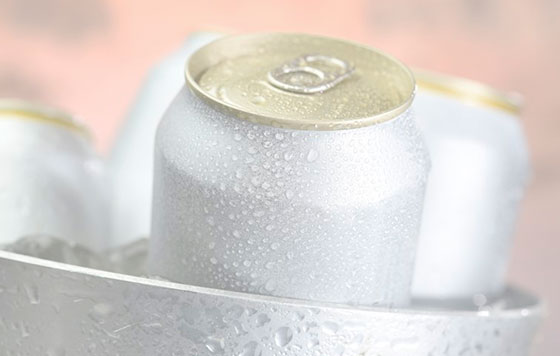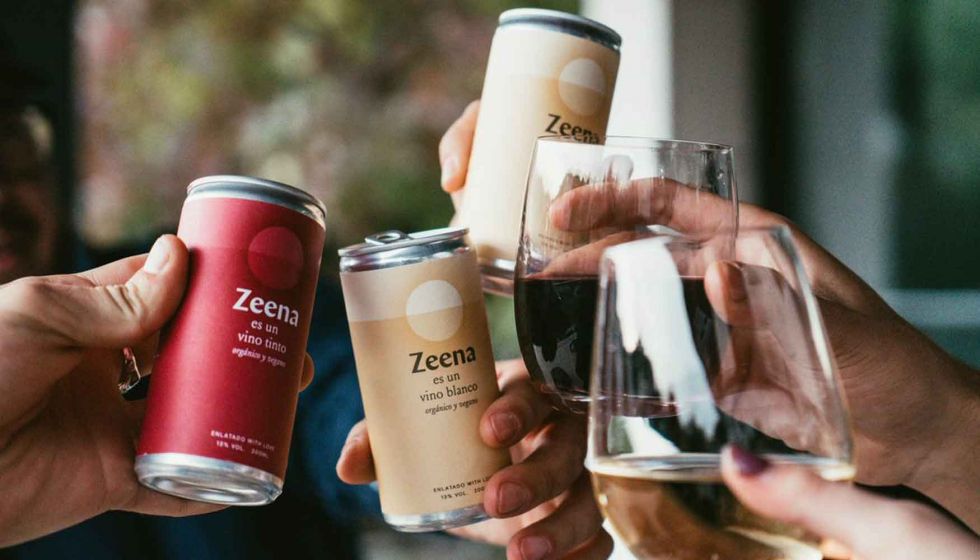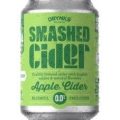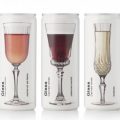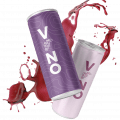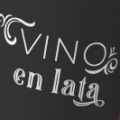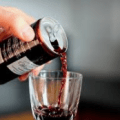Wine in cans is increasing its presence in several markets, some of them very important for the wine sector, such as the United States. In Spain we are already beginning to see new companies or wineries with a long trajectory that are daring to bottle in cans. The consultancy firm Wine Intelligence makes a series of recommendations for those companies that are considering introducing canned wine in their product offer.
Wine in glass bottles is the most traditional and common format, but little by little others are being introduced, from the bag in box, which in some countries has recently had a rising demand during the pandemic, to wine in cans, mainly among young people who value lightweight formats, easy to transport, open and perfect for drinking in groups outdoors.
In Spain, for example, we already find this format, as is the case of the brand Zeena, which has organic wines and red wine Viña Xétar, which is characterized by low alcohol content, among others. Another brand that has approached the aluminum container, without being in a can because it retains the shape of the bottle, is Sandara.
The consulting firm specializing in the world of wine Wine Intelligence makes a series of reflections on what this packaging means and provides a number of keys that can help companies that are considering making the leap into the canned wine business.
Canned wine continues to grow ahead of other formats, albeit from a very small base, in key world markets such as the United States.
At a time when the volume of wine consumed in many mature markets is stabilising or declining, it is not surprising that this format is attracting significant attention, as in other alcoholic beverage categories.
For consumers, the advantages of canned alcoholic beverages are obvious. They are smaller and lighter to carry, and also more durable; they are as recyclable as glass and lend themselves to more distinctive packaging designs, making them perfect for outdoor social drinking, which has been a growing occasion during Covid-19. For the trade there are also advantages. Cans take up less space in retail stores and refrigerators, are lighter to transport and are available in other sizes. When it is allowed to be sold in convenience retail, there are also more opportunities to earn a higher margin than a 750 ml bottle would normally offer.
It is not surprising, therefore, that younger drinkers (aged 25 to 44) are the most open to the concept of canned wine. Not least because the situations that cans are good for – drinking while out and about – are the ones that best suit your lifestyle. U.S. Millennials are 50% more likely to buy canned wine once they are aware of the existence of this format, according to a consumer study by Wine Intelligence. That said, the penetration of the can format has so far been small, because even younger drinkers are strongly influenced by the idea that wine comes in glass bottles.
ASPECTS TO TAKE INTO ACCOUNT WHEN STARTING TO MAKE WINE IN CANS
Wine Intelligence recommends that wine producers consider the following six factors when evaluating investment in canned wine production.
“It’s not the same wine, but in a can.” Taking into account the operational factors that can affect the quality of canned wine, producers should evaluate which types of wines to try or transfer to this format.
This could also be considered from a consumer point of view: consumers tend to consume sparkling beverages in cans, which are often served chilled, hence consumers are more open to rosé and sparkling wines in cans, or mixed wine products with added carbonation.
Leverage the growth of premiumization. In both the wine and other alcoholic beverage categories, as consumers increasingly buy and consume in cans in other categories, uptake levels for premium products in cans will grow, provided the “premium” signals are clear.
Capitalize on the current boom in RTDs (ready-to-drink) beverages. Recent consumer data from Wine Intelligence and the IWSR show that U.S. consumers are more likely to drink wine in the U.S. than in the U.S., according to the IWSR. have increasingly experimented with the premium spirits category during 2021. For example, innovations such as “Taylor’s Portonic in a can” have gained successful adoption.
Existing wine brands can be successfully extended to the can format. Given that consumers tend to buy wine in cans depending on the occasion, such as outdoor socialising, it is likely that existing wine brands will not see their current brand values negatively affected by extending to this format.
From a consumer perspective, there has been a return to tried and trusted brands during the pandemic, and the reassurance of familiar brands is likely to support consumer confidence in the can format.
Focus on depth rather than breadth of distribution. Since most canned wine purchases are for specific occasions and often spontaneous, coupled with a shorter shelf life than bottled wine, the impulse channel is key to success, when local regulations allow this channel to sell wine.
Having canned wine in wide distribution can make your initial depletions look good, and make the distributor happy, but some retail environments will have much more relevance to this format than others.
Canned wine is one way to get in on the low alcohol trend. The creation of a canned wine product offers producers the opportunity to move away from the classic 11-13% ABV (Alcohol By Volume) alcohol level, and the can format acts as a differentiating device to avoid negative comparisons with standard wine.
Be that as it may, it is an option to follow very closely and it will be interesting to see how those companies that have launched the production of canned wine, both in Europe and abroad, are doing.

